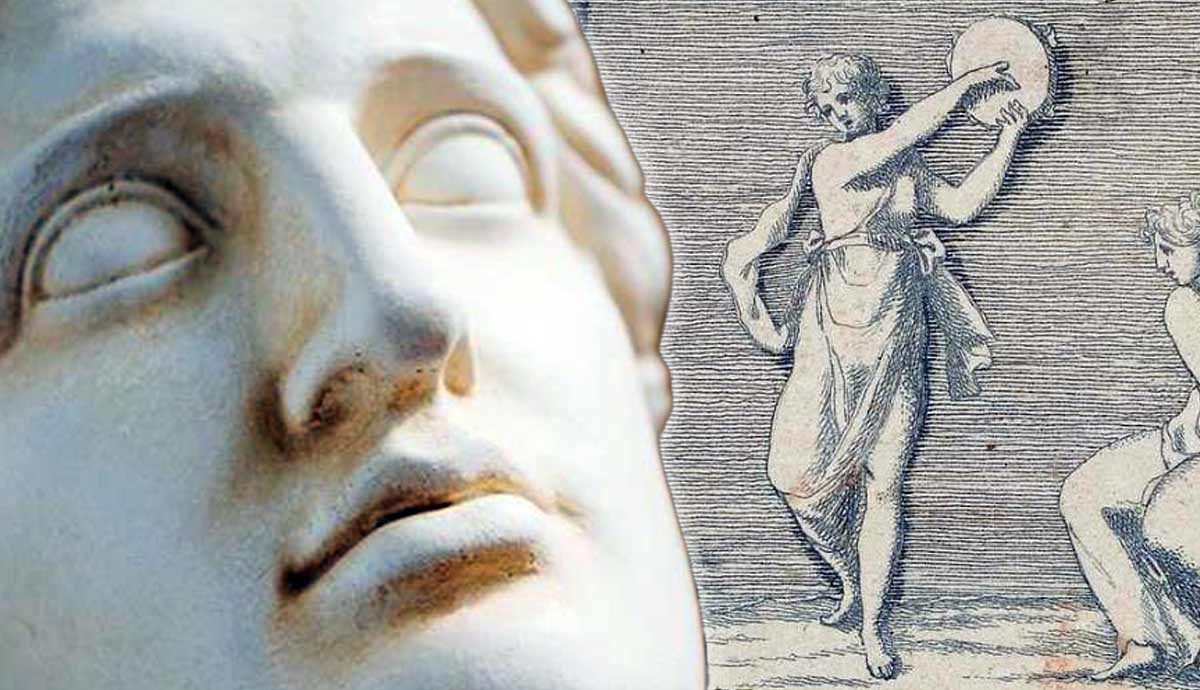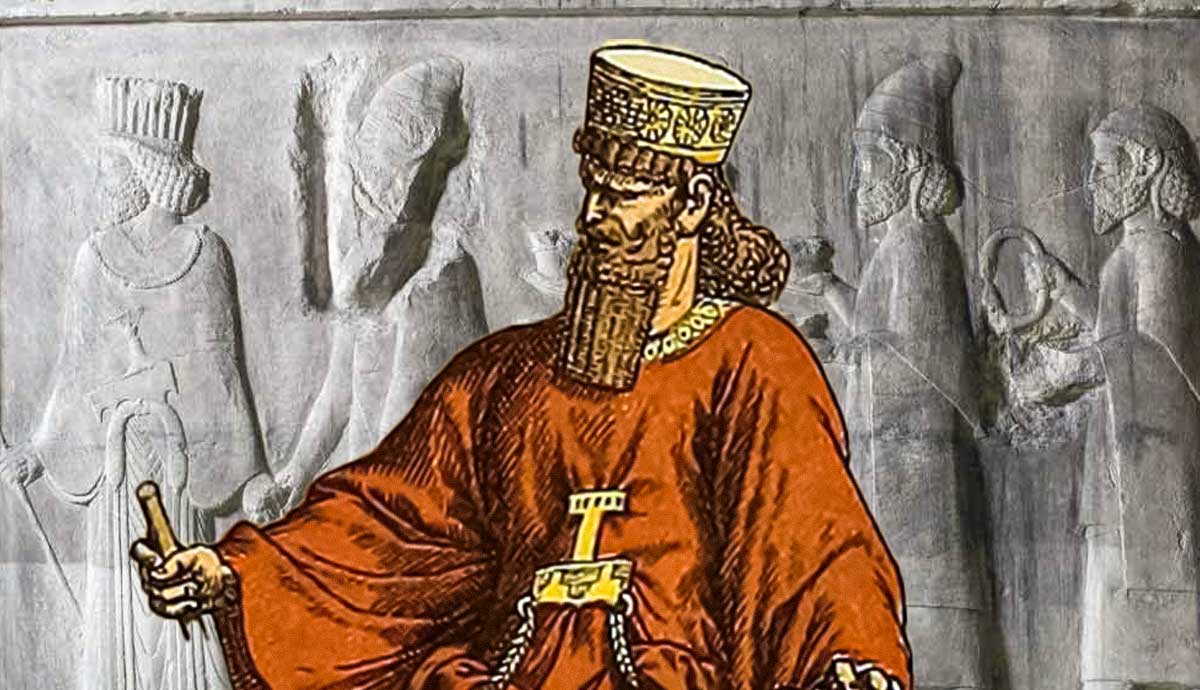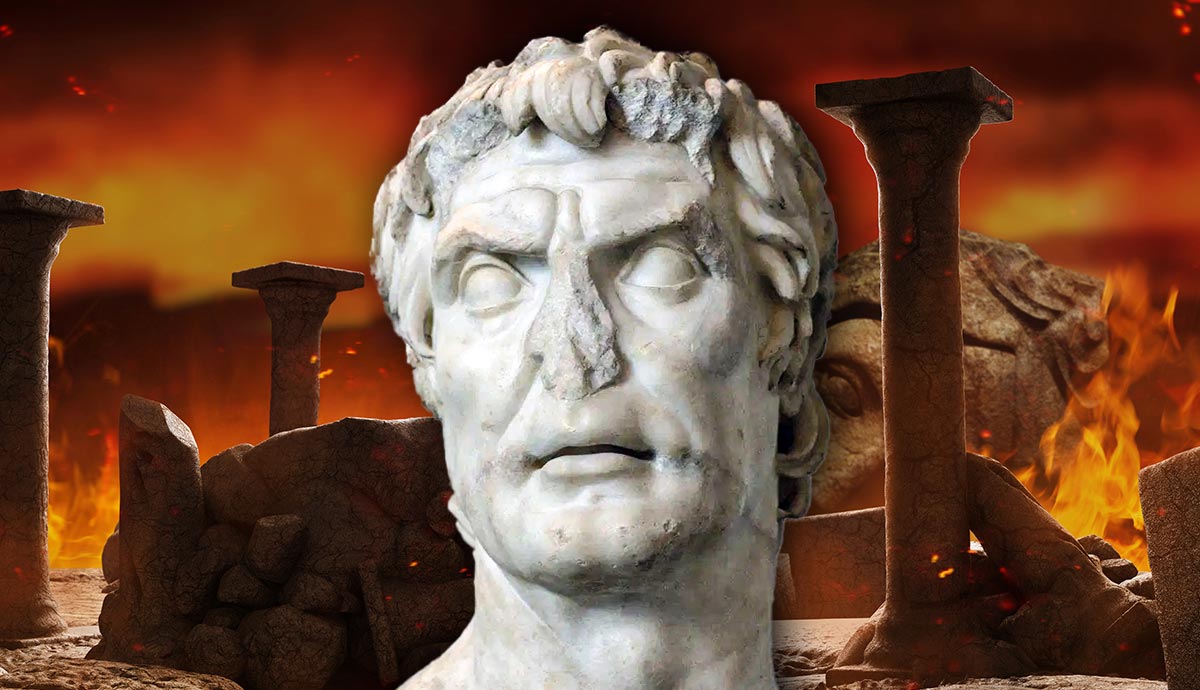
With the sack of Corinth in 146 BCE, Greek resistance to Roman power had been dealt a crushing blow. After Lucius Mummius had defeated the Achaean League, there was an influx of art and loot into the Republic. These treasures profoundly shaped Roman culture, as “captive Greece conquered her fearsome captor” (Horace). However, Corinth’s destruction was not the end of Greek resistance. Half a century later, the King of Pontus, Mithridates, rebelled against Roman power. Buoyed by his early successes, the Athenians cast in their lot with Mithridates. Led by Sulla, the Romans marched in retaliation, and their revenge against the pre-eminent Greek city would be terrible.
Prelude: The Mithridatic War

The Pontic Kingdom had been founded in the early 3rd century BCE by Mithridates I Ktistes (the Builder). His new dominion was one of a number of smaller kingdoms in Asia Minor that emerged during the diminishing power in the region of the Seleucid dynasty, one of the successor kingdoms of Alexander the Great. Over time, the territory ruled by the Mithridatic kings grew. By the reign of Mithridates VI Eupator (120-63 BCE), it had reached its greatest extent, and included the territory of Colchis (modern Georgia) and the Bosporan Kingdom (modern Crimea).

However, the growing power of the Mithridatic kingdom under Mithridates VI set the Pontic Kingdom on a collision course with the Roman Republic. After Mummius’ sack of Corinth in 146 BC, and the annihilation of Carthage in the same year, Roman power in the Mediterranean appeared irresistible. Their power extended further eastward still, mainly through client kings. These were the rulers of small states in Asia Minor, several of which bordered the Pontic Kingdom. Despite Roman aversion to kingly power, they had no qualms about playing the role of kingmakers. These client kings owed their positions to Roman influence and were therefore loyal.
After Mithridates seized the kingdom of Bithynia, the Romans pressured the ousted king, Nicomedes III, to retake his territory. Nicomedes’ Roman-backed actions provided Mithridates with the justification he needed. In 89 BCE, he ordered his son, Ariarathes, to retake Cappadocia. It was an assault that Roman prestige could not withstand, and the Republic decided that something must be done to remove Mithridates from power. The First Mithridatic War had begun.
Rebels: Athens and the Roman Republic
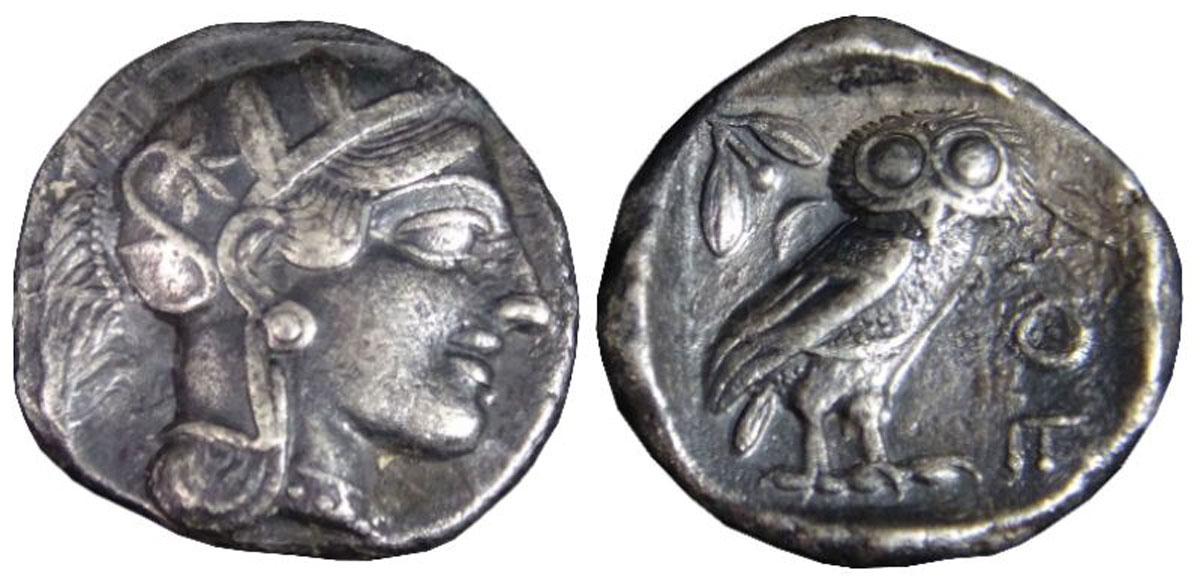
Athens occupied a curious place in the collective psyche of the Roman Republic. Much as it would be later, notably during the reign of the emperor Hadrian, the city retained a pre-eminent position as a cultural capital in the ancient world. It was recognized for its artistic and cultural masterpieces, and long after the deaths of Socrates and Plato, it remained a city famed for its philosophy and intellectuals. Men of ambition and wealth from the Republic continued to visit Athens, often to take lessons in rhetoric and philosophy, and for many the polis evidently captured their affections. For instance, the biographer Plutarch describes how Cicero, after spending some time learning in Athens, resolved that, should his political career fail, he would “change his home to Athens, away from the Forum Romanum… and spend his life in the quiet pursuit of philosophy.”

Perhaps partially as a result of this prestige, and perhaps in recognition of its previous status as an imperial power, Athens was also a very proud city. The Athenian citizens had a track record of defying those who would seek to curb the city’s traditional freedoms. In the 4th century BCE, the orator and statesman Demosthenes had become famous for his impassioned rhetoric against the expanding power of Macedon under Philip II, even going so far as to orchestrate a revolt against Philip’s son, Alexander. With the growing power of Mithridates in the eastern Mediterranean, compounded by Rome’s own troubles on the Italian peninsula during the Social War, the polis was encouraged to once again strike out against its oppressors.
As Mithridates’ forces made rapid progress in driving out the Romans from Asia Minor, there followed a terrible bloodletting. Reputedly suggested by the philosopher Metrodoros of Skepsis, a known hater of the Romans, Mithridates orchestrated a massacre of the Romans residing in Asia Minor, regardless of age or sex. Known as the “Asiatic Vespers,” estimates of the scale of the slaughter reached 150,000 killed. The massacres carried out in 88 BCE prompted a number of Greek city states to side with Mithridates against the Romans, including Athens. There, the Pontic king installed a puppet tyrant, Aristion, to rule on his behalf.
Rome’s Avenger: Sulla on the March

Although Rome’s power had been shaken by the combination of Mithridate’s advances, the massacres in the east, and the conflict with her Italian allies in the Social War, the response to the revolt of Athens and other Greek cities would be rapid. By 87 BCE, the Roman consul, Lucius Cornelius Sulla, had landed his forces at Dyrrachium (Illyria) and advanced south toward Greece. Aside from Marius, his great political rival, Sulla could lay claim to being the most respected general the Romans had. He had already excelled as a military leader in the Jugurthine, Cimbrian, and Social Wars, cementing his status as one of the leading men of his age.
Sulla’s arrival appears to have brought a number of Greek city-states back into line. Ambassadors from a number of major cities, such as Thebes, met with Sulla at Chaeronea, where they were told of the Roman intention to drive Mithridates out. Ambassadors from Athens at this meeting were conspicuous by their absence. Sulla and his forces marched on towards Attica.
A City Under Siege: The Roman Sack of Athens
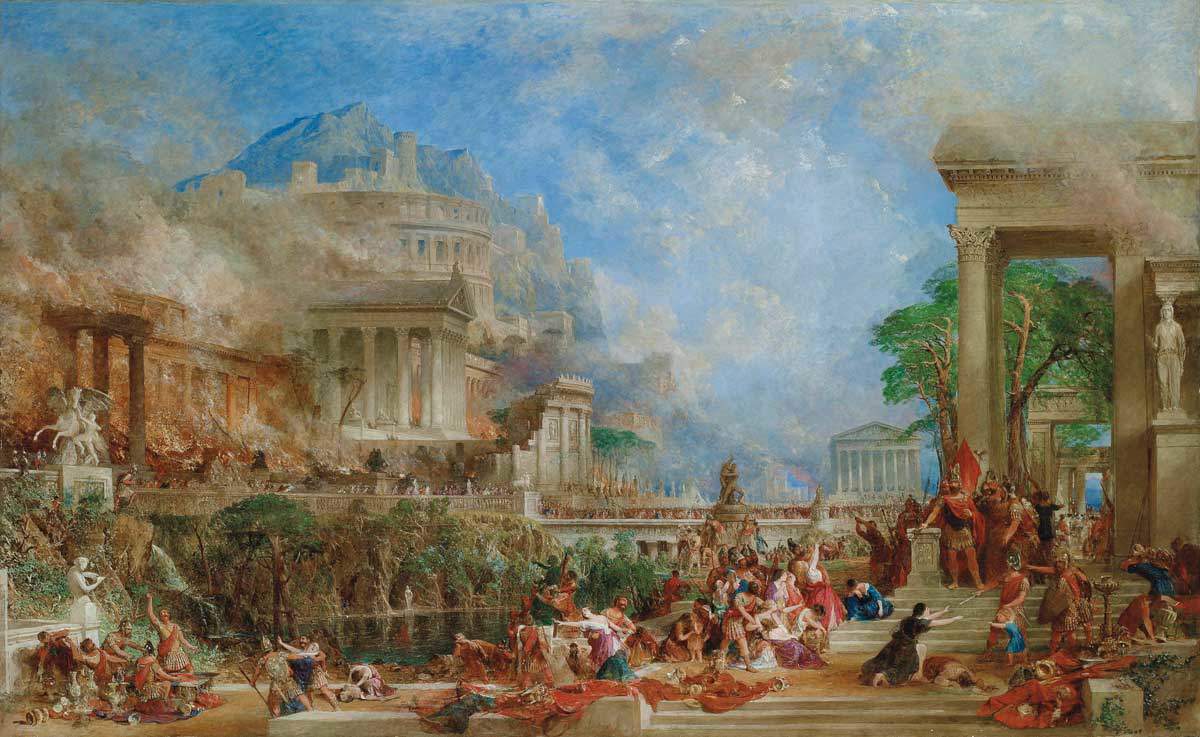
Upon his arrival at Athens, Sulla realized that he would have to conduct two separate sieges. As well as the city itself, he also had to siege the port of Athens, Piraeus. The defence of Piraeus was being led by Archelaus, one of Mithridates’ most trusted generals, while Athens itself was being led by the tyrant Aristion. Sulla began by focusing his assault on Piraeus. Taking the port would allow him to starve the city into submission. The port did not surrender easily, repelling the first attack.
While this was underway, Sulla had dispatched his second-in-command, Lucius Licinius Lucullus, to build a fleet to challenge the Pontic navy in the eastern Mediterranean. The siege descended into a stalemate. The Athenians soon began to starve behind the walls of the city. This was to prove disastrous for Aristion’s popularity and hold on power.
Deserters soon snuck out of Athens and found themselves in Sulla’s camp. A number of these informed the Roman general that there was a hole in Aristion’s strategy. Specifically, part of the walls, known as the Heptachalcum, were neglected. Sappers were dispatched to this part of the walls and they began to mine the defenses. Soon, a large stretch of wall collapsed, and the Romans had their way into the city.
The sack of the pre-eminent city in the Greek world began in the spring of 86 BCE. It was a gruesome affair. After a five-month siege, abortive grandstanding and diplomatic attempts by Athenian ambassadors, and the memories of thousands of Roman deaths in the Asiatic Vespers, the Romans were not inclined toward leniency. The streets of Athens ran with the blood of the slaughtered. The city was burned as Aristion and his remaining loyalists fled to the Acropolis.

However, without the navy he required, Sulla was powerless to stop Archelaus and his forces escaping from the Piraeus. While Sulla turned his attention to Archelaus, he left Gaius Scribonius Curio, known by the nickname Burbulieus, to conduct the siege of the Acropolis. Although the Greeks were able to hold out for a while longer, Aristion’s downfall was almost inevitable. Their surrender, when it came later in 86 BCE, was prompted by the besieged Athenians running out of water and news of the defeat of their allies elsewhere. Knowing now that there would be no relief, Aristion and his men surrendered. Aristion, the tyrant of Athens, was dragged before the victorious Romans and executed.
Aftermath of the Sack of Athens

With Burbulieus orchestrating the final months of the siege of Athens, Sulla was free to prosecute the war against Mithridates. Before leaving Athens, he burnt the port of Piraeus, and then advanced west into Boeotia. It was there that Sulla’s battle hardened soldiers, veterans of the Social War, crushed the forces of Archelaus. The first defeat came at Chaeronea, also the site of a crushing defeat for the Greeks against Philip II. Now, in 86 BCE, the outnumbered Romans routed the Mithridatic forces. There was the same outcome a year later when Sulla and his men destroyed the armies of Archelaus at the Battle of Orchomenus. Greece once more found itself under Roman control.

Fortunately for Mithridates, however, the Romans were once again embroiled in their own, internal political strife. Sulla and his armies were not in a secure enough position to conclude the war. As such, a meeting between the two leaders was organised in 85 BCE at Dardanus, and the Pontic king accepted the terms offered to him. These included the return of captured territory, a large payment, and the loan of ships. This last condition was to allow Sulla and his men to return to Italy to confront his enemies in the Republic. Further wars between Rome and Mithridates would erupt throughout the 1st century BCE until the Pontic King was eventually defeated by Pompey the Great, who celebrated a Triumph to commemorate the defeat of this great enemy of Rome.
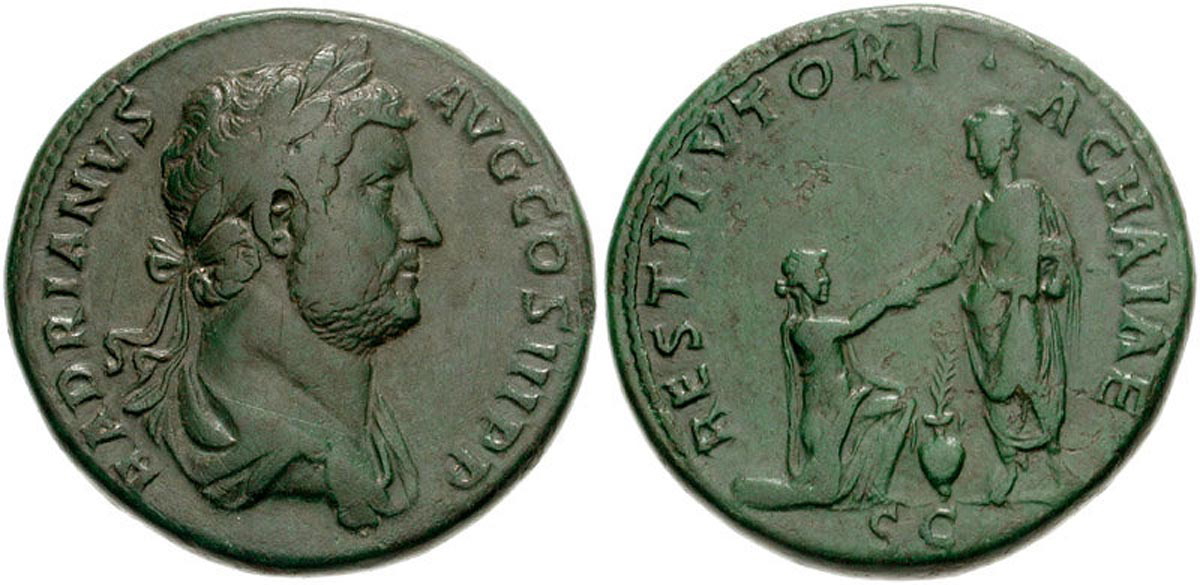
Sulla’s siege of Athens and the decisive battles fought thereafter brought an end to ideas of Greek independence from Rome for the foreseeable future. Instead, the great cities of Hellas—Athens chief amongst them—reprised their role as places of culture and learning. Leading men of the imperial age, including the emperors themselves, would spend periods of their life in Athens, seeing the historic sites and taking on the instruction of rhetoricians and philosophers who resided in the city. Back in Rome, there was an enduring reminder of Rome’s supremacy over Athens from Sulla’s sack of the city. Marble pillars from the Temple of Zeus in Athens were looted and used in the reconstruction of the Temple of Jupiter Optimus Maximus. As the poet Horace would later identify, Greek culture was now very much at the heart of Roman life.




